Selecting Seed & Pollen parents?
matt15
14 years ago
Related Stories

GARDENING GUIDES6 New Plant Varieties That Beat Out Their Parents
With better resistance and fewer demands, these garden beauties are worth a spot on your wish list
Full Story
FALL GARDENINGBe Your Own Wildflower Nursery
Gather seeds from your garden in fall, and you'll have a selection of plants for next year — without spending a dime
Full Story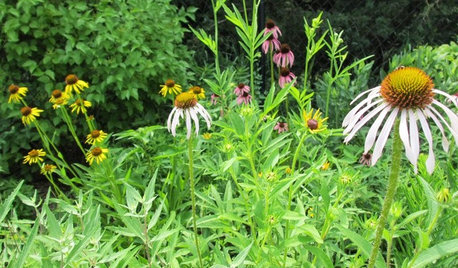
FLOWERSGet Coneflower Blooms All Summer Long
Plant these 5 native species to bring beauty to the garden — and pollen to the insects — from June through August
Full Story
GARDENING GUIDESUnleash Your Guerilla Gardener
Toss some seed bombs around the yard for easy, beneficial plantings
Full Story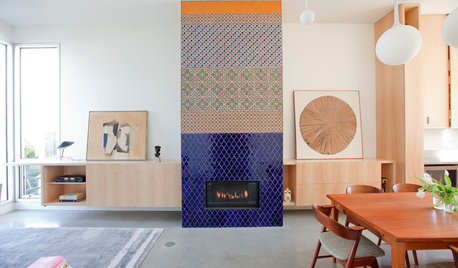
HOUZZ TOURSHouzz Tour: Innovative Home Reunites Generations Under One Roof
Parents build a bright and sunny modern house where they can age in place alongside their 3 grown children and significant others
Full Story
GARDENING GUIDES15 Native Flowers That Feed Native Bees
These perennials offer superfood to hundreds of bees and are gorgeous in their own right
Full Story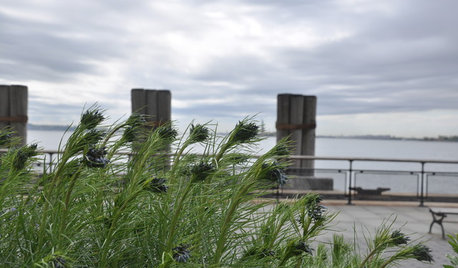
GARDENING GUIDES10 Native Wildflowers With Unique Foliage
When the flowers fade, these leaves keep the garden looking good
Full Story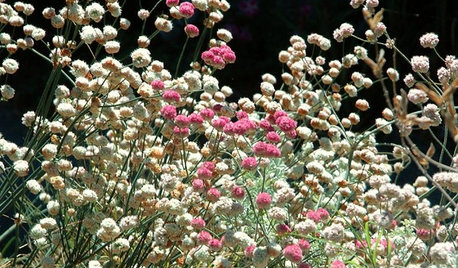
GARDENING GUIDESGreat Design Plant: Eriogonum Nudum, a Summer Oasis for Pollinators
Naked buckwheat is a bee and butterfly magnet with an easy nature, a tough constitution and profuse pom-pom flowers in summer
Full Story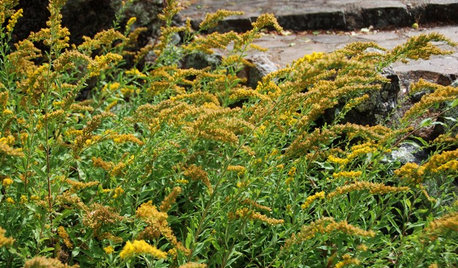
GARDENING GUIDES6 Native Goldenrods Worth a Second Look
Goldenrod gets a bad rap as being aggressive, but these more mannerly choices offer a bunch of benefits
Full Story
FRUIT TREESHow to Grow Your Own Persimmons
Sturdy and easy to care for, these trees offer bright fruit through winter — and keeping them in bounds is no sweat
Full Story





LisaCLV
User
Related Professionals
Waunakee Landscape Architects & Landscape Designers · Allentown Landscape Contractors · Addison Landscape Contractors · Holtsville Landscape Contractors · Sun City Center Landscape Contractors · Antelope Fence Contractors · Branford Fence Contractors · Laguna Beach Fence Contractors · Lakewood Fence Contractors · Van Nuys Fence Contractors · Windsor Fence Contractors · Kirkland Siding & Exteriors · Oak Forest Siding & Exteriors · Orem Siding & Exteriors · San Diego Siding & Exteriorssplinter1804
devo_2006
Minxie
User
devo_2006
sdandy
matt15Original Author
devo_2006
LisaCLV
LisaCLV
matt15Original Author
LisaCLV
vriesea